How to Invest with Little Money (Investing for Beginners)
Starting investing when you are young can have a lot of advantages, even when you have little to no money, you should start learning how to invest.
It is a myth that you’ll need a lot of money to begin investing.
You can start your investing as little as a few dollars and this is made possible with fractional shares and alternative investment options.
Years ago, I brought my first stock with my parents, because I don’t have enough money, and I am not old enough to set up a investment account. Even when I officially open my first brokerage account to start my investing journey in my 20s, I’ve made some mistakes and learned a lot of investing lessons along the way. For investing, you get to learn more when you take action and get started.
If you are like the “young me”, with little money to invest.
Here are the few best ways to start investing your money, and start doing small investment to learn how to invest your spare change.
How to Invest With Little Money For Beginners
Understand that every big investor like Warren Buffett starts by investing a small amount of money. These successful investors were once small investors that invest small amount of money just like us before they become rich and successful.
What’s important is that you have to start investing as early as possible.
“Going out of your comfort zone and start investing is hard. But once you’ve start investing, you’ll find investing to be pretty simple.”
By Antony, incomebuddies.com
(I totally understand how hard it is to start when you have little money to spare because I started my investment small as well!)
Starting investing at a young age is important if you want to be wealthy. The more time your money is in the market, the more time you’ll allow your money to compound.
1. Pay Off Debt
Paying off your debt will be the first and most important thing you should do when you have little money to invest.
But wait, is that investing?
Yes, paying off debt is investing for your future.
But before I continue on explaining what I mean by investing for your future, you need to understand a bit more about debt.
Different types of debt
- Bad Debt. Debt that takes money from your pocket
- Good Debt. Debt that helps you earn money
Here when I mention paying off debt, I am talking about paying off the bad debt you got from your payday loan, credit card debts, etc.
To understand more about bad debt and the good debt you can check out our article on good debt vs bad debt.
Why it is important for you to pay off all bad debt when you have little money to invest?
- Bad debt can affect your credit score. People with a bad credit score are seen as higher default risk, and banks may require you to pay a premium in interest for the loan you apply for your mortgage.
- Paying off debt is the best way to have a guaranteed above-average return on your money.
This is especially true if you are having credit card debts. Interest charged by credit card companies is in the double digits.
Let’s say you have credit card debt of $1,000 with an interest rate of 12% per annual.
By simply paying off your credit card debt, you have just locked in a guaranteed 12% return on your money!
There is no guaranteed invest that gives you a double digit return on your investment anywhere, apart from paying off your debt.
Paying off bad debt can let compound interest work for you.
How does compound interest work?
Compound interest is interest that is earned on top of your previous interest earned. As you earn interest, it will be added to your principal and previously earned interest. This will be totaled for the next interest earned. Compound interest will allow you to earn more interest over time.
- Compound interest can work for you when you invest and grow your money over time.
- Compound interest can work against you when you take up debt and grow your total amount of debt over time.
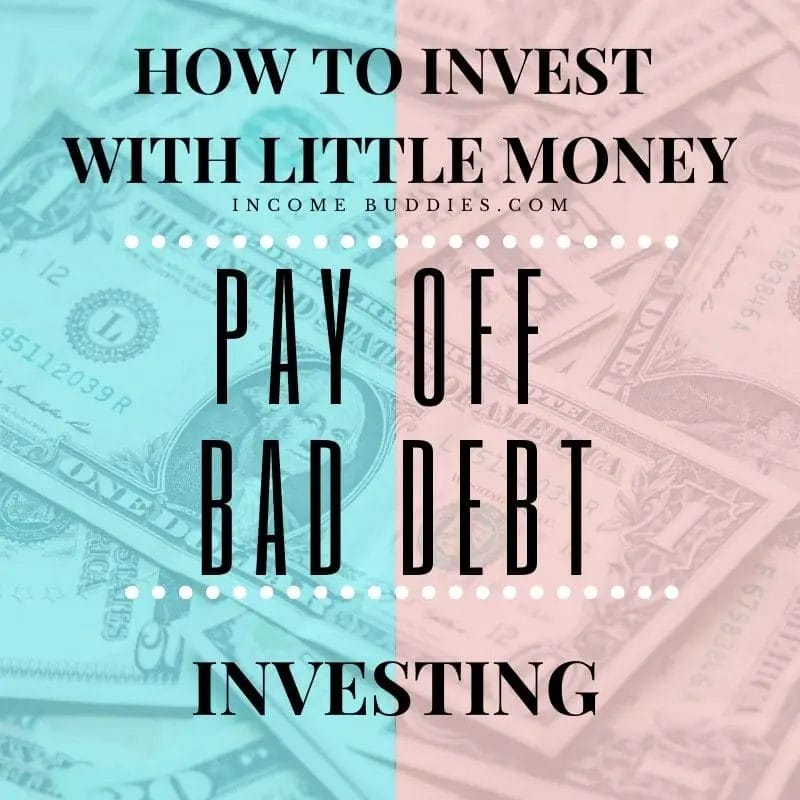
2. Saving Accounts
Creating a savings in your savings account may not be exciting, but it is one of the best places to accumulate your capital.
Although most banks give little to no interest, putting your money in a savings account allows you to accumulate your capital and prepare for a good investment opportunity in the future.
Most importantly, putting money in your saving accounts helps you to build up your emergency fund.
Investing your money to build an emergency fund is important.
Why?
Because having an emergency fund is an investment in your financial security.
Emergency fund can prevent you from being forced to sell your investment at a bad time because of some unforeseen events.
Having 0-1% return from a bank’s interest may not sound exciting.
But with the added benefit of acting as an emergency fund, this is an investment you should consider.
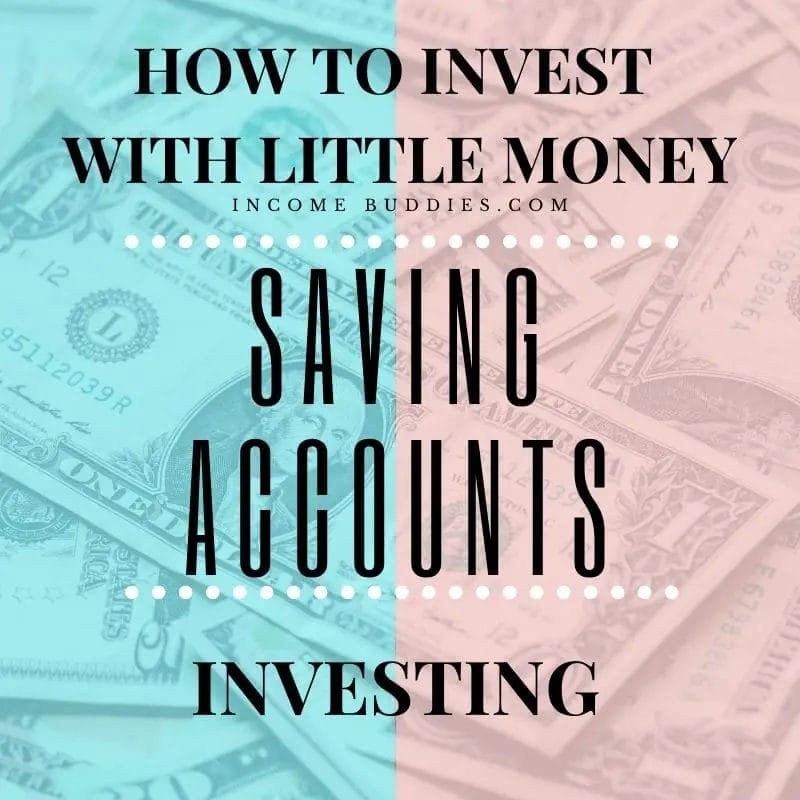
3. Employer-Sponsored Retirement Plan
Probably the easiest way to invest is to join an employer-sponsored retirement plan.
Basically, you’ll just need to set up a payroll deduction plan with your employer.
Choose to set a percentage from your paycheck to contribute to the retirement plan. How much you choose to contribute, depends on your needs and level of comfort.
You can either choose as low as 1% to as high as 20% of your salary. Sometimes, the percentage allowed is also dependent on each company.
If you are lucky, some companies offer matching contributions for each dollar you put into the retirement plan. It is basically free money for your retirement.
And here is something even more exciting than free money.
Tax benefits!
Not only all your contribution is tax-deductible, but what you earn from your investment through this employer-sponsored retirement plan will not be subjected to income tax until you withdraw your money at your retirement.
Why tax benefit is exciting?
Generally, an employee pays 15% to 40% in tax. With your contribution that is tax-deductible, you are basically having a 15% to 40% return on your investment.
Furthermore, you will have an opportunity to allow 15% to 40% more of your money to compound for the next 30 to 40 years.
This can mean the difference between retiring rich as a millionaire or retiring with just enough to get by.
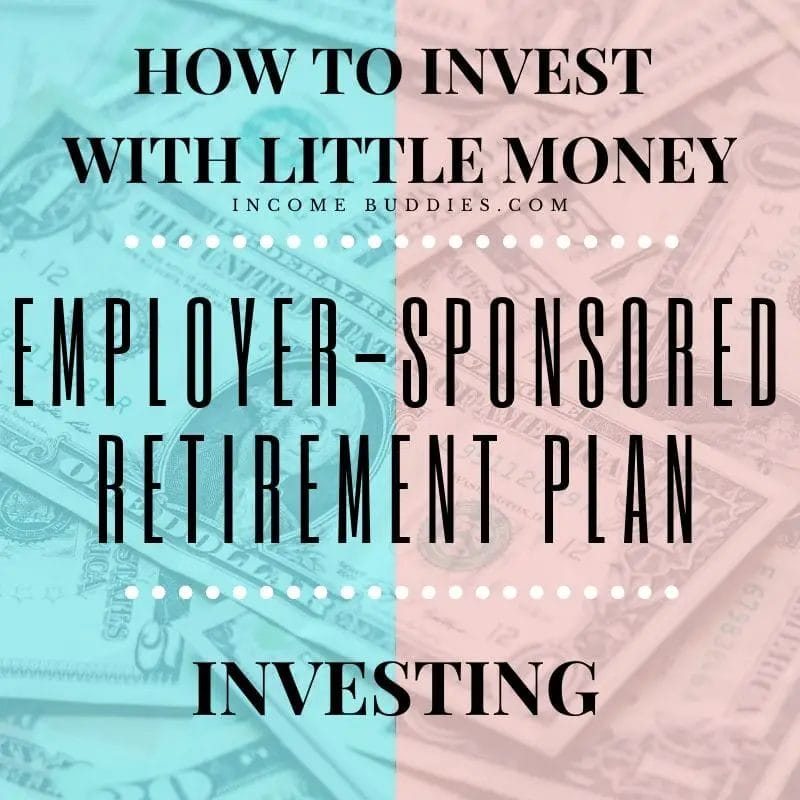
4. Retirement Plan
Retirement planning should start as early as possible, even when you have little money to invest.
When you are at the age of 60. You may want to thank yourself for starting your retirement planning early.
You may be self-employed, or your company does not offer you an employer-sponsored retirement plan. You can still plan your retirement with either a traditional IRA or a Roth IRA.
Why is it good to invest in IRA or a Roth IRA?
Similar to an employer-sponsored retirement plan, IRA or a Roth IRA allows you to have a tax-free compounding on your investment.
Although there are no employer matching contributions, a traditional IRA or a Roth IRA can be held in a brokerage account that offers much more investment alternatives.
Investment compounded for 30 to 40 years can be a huge retirement sum.
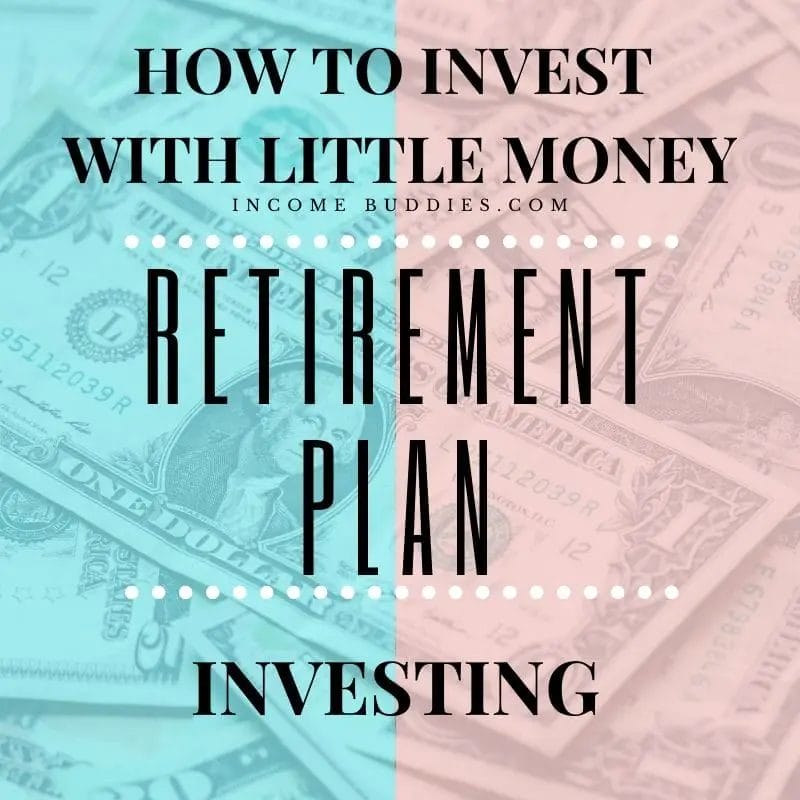
5. U.S. Treasury Bonds
U.S. Treasury bonds (T-bond) are marketable, fixed-interest government debt securities.
The government will be committed to paying the owner of the bond on the fixed interest for a certain number of years.
At the end of maturity, the government will pay the owner of the bond their principle.
Investing in U.S. Treasury bonds is commonly regards as a risk-free investment due to very little risk of the government defaulting the bond.
With as low as $100, you can start subscribing to these T-Bonds.
What’s more, you can sell your bonds anytime with no early withdrawal penalties.
You can view it as a fixed deposit of the bank, without the downside of early withdrawal penalties.
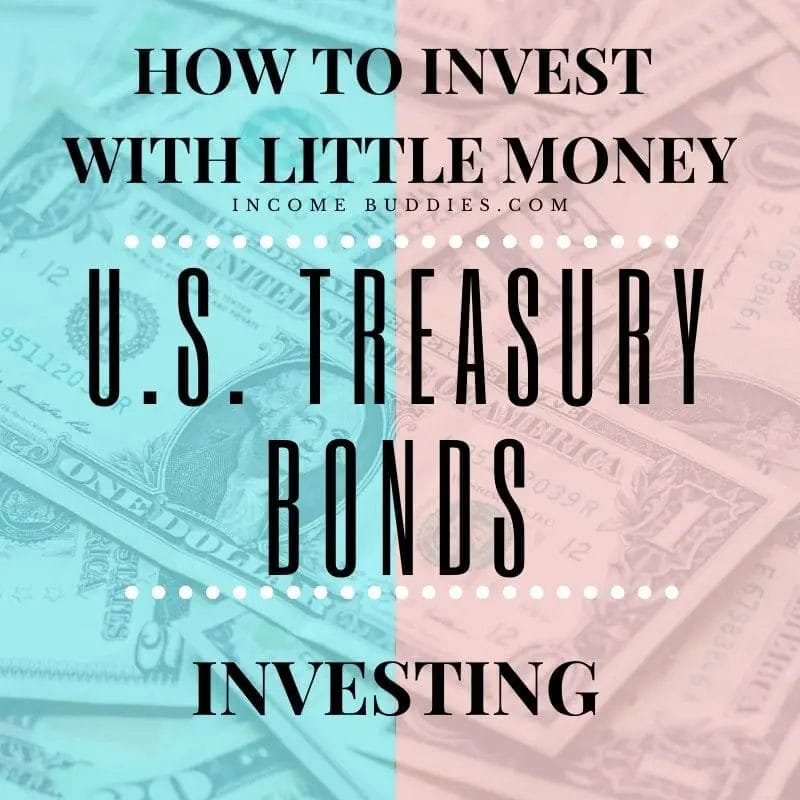
6. Dividend Reinvestment Plan
Dividend Reinvestment Plan (DRIP) automates your reinvestment of the dividend you get from the stock to buy more of the company’s shares.
DRIP is usually available for stocks that pay a dividend.
Is DRIP investing worth it?
Yes, DRIP plans are worth it, and reinvesting your dividend will benefit you more than taking cash if you are a passive investor. Unlike buying stock from the open market, where there will be a brokerage fee. Companies that offer DRIPs allow you to reinvest into their companies without any form of fees.
Even with little money to invest, DRIP allows you to grow your portfolio over time.
Best advantages of DRIP is that, it allows you to perform dollar cost average (DCA) automatically.
DRIP is a totally passive way of investing that you can let it grow for years till your retirement.
DRIP is a good option for passive investors who want a more hands-off approach to investing.
But caution has to be taken, as all investment comes with a certain level of risk.
- Only invest in a great dividend-paying company.
- Do a periodic review of your investment at least once per quarter.
You can learn how to find a good dividend-paying stock in my other articles.
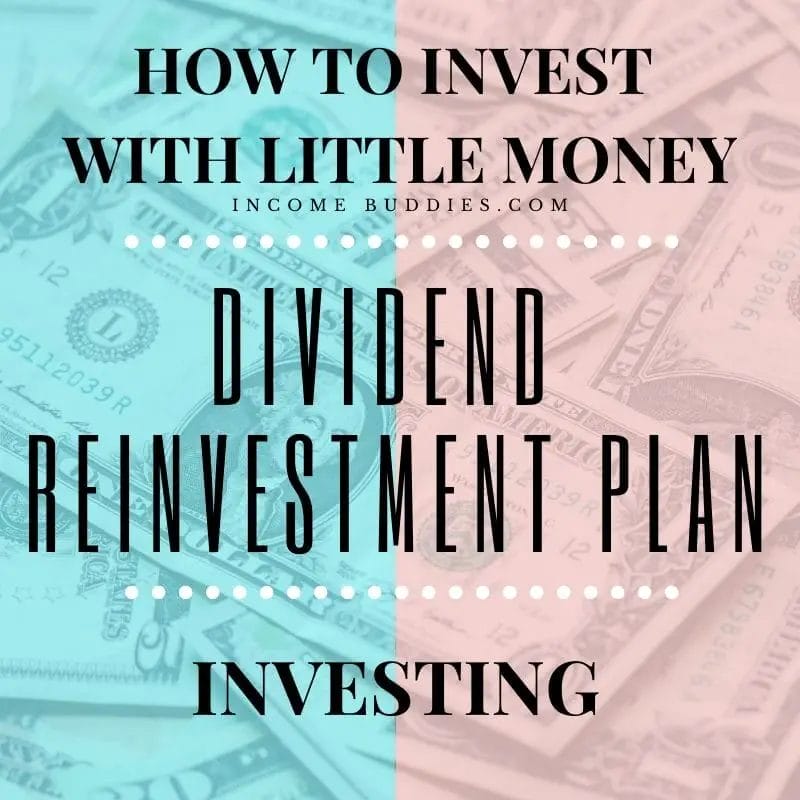
7. Low Fee ETFs
Exchange-Traded Funds (ETFs) allow you to invest in a bucket of stocks that represents that sector or industry.
Investing in EFTs is especially good for investors who don’t know much about investing but wish to start their investing journey.
With a limited amount of investing knowledge and cash, ETFs allow you to invest much more safely.
Why invest in ETF stocks?
ETF stocks offer lower operating costs than traditional mutual funds, where an ETF allows you to diversify your portfolio to a bucket of stocks which helps to reduce your risk.
A great tip on buying a good ETF will be choosing an ETF with low fees.
Fees alone can cause you thousands of dollars when you add them all up years later.
Beginner investors should not pick stocks, as they are very likely to commit one of the 7 deadly sin of beginner investors. Which may end up losing all their money.
Instead, you should start your investing this way:
- Buy a low-fee ETF to start on your investment journey.
- Read books and articles on investing and learn from the experience of others.
Enrich yourself in the knowledge of investing before you start buying individual stocks.
Knowledge is the difference between, getting a profit from investing and losing from investing.
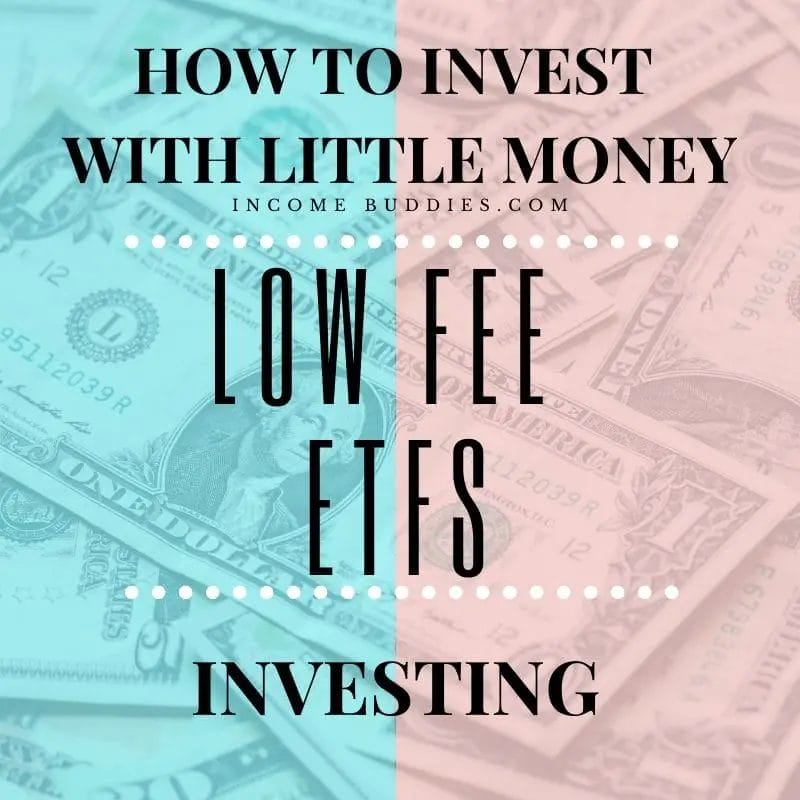
8. Invest in Your Own Business
Investing in your own business might sometimes be the best way to invest instead of investing in other’s businesses.
With the advancement in the internet and changes in the current world. You can easily start your own business with just over $100 dollars.
In fact, there is actually a book written by Chris Guillebeau that told the stories of business owners who start up their business with just over $100.

The $100 Startup, By Chris Guillebeau
This is one of the best books I have ever read on business startups, and probably you should too.
Not only does the author makes each start-up story fun to read, but there are also many things to learn from the different business owner, who start up their business with just over $100 and build them into a 5 figure business.
Starting a business might just be the best investment you can make.
Unlike, in the past when you need tens of thousands of dollars to start a business, nowadays you can start a business with just $100 in the bank.
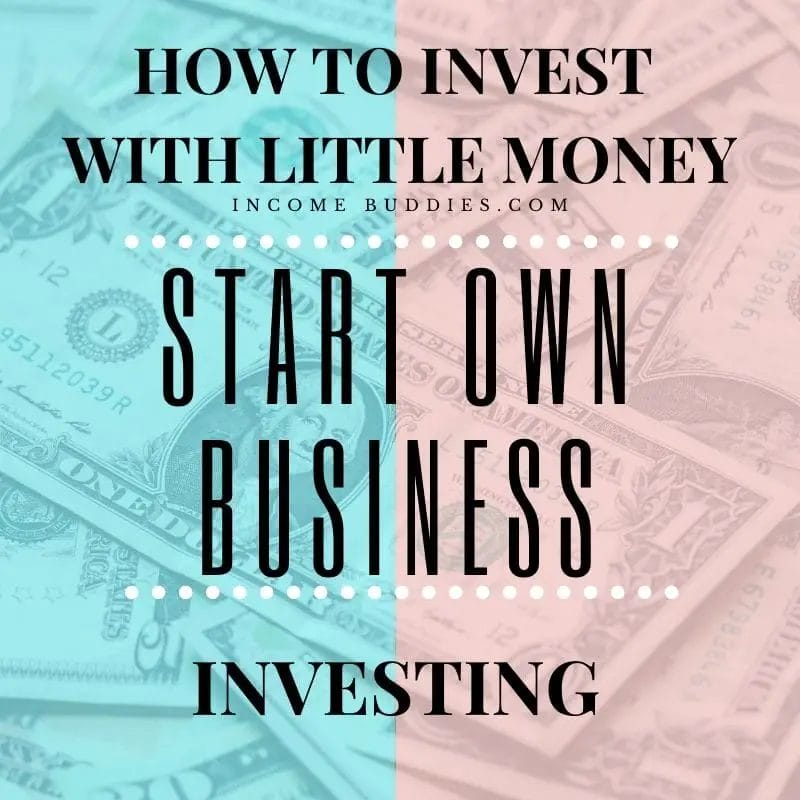
9. Invest in Yourself
You are your own best investment.
Investment in your own education and enriching your knowledge is the best investment you can ever make.
Learn a new language, a new course on computer applications, or even read a life-changing book from my library.
All these new skills and knowledge you learn can possibly bring your career up to the next level.
It is totally possible for you to acquire a certain life-changing skill within a few months or even days.
These new skills you’ve learned can help you in either getting a promotion or giving you an opportunity to get into a higher-paying job.
What do you need to invest in yourself?
- Time to dedicate yourself to learning that new skill.
- Discipline to learn the skill well.
- An open mind to challenge yourself out of your comfort zone.
What can you do to invest in yourself?
- Take the course that teaches you a new skill.
- Read an article that inspires you to dream big.
- Buy a book and learn from the experience of the author.
Investing in yourself is not only simple to do, but it is the best way to change your life for the better.
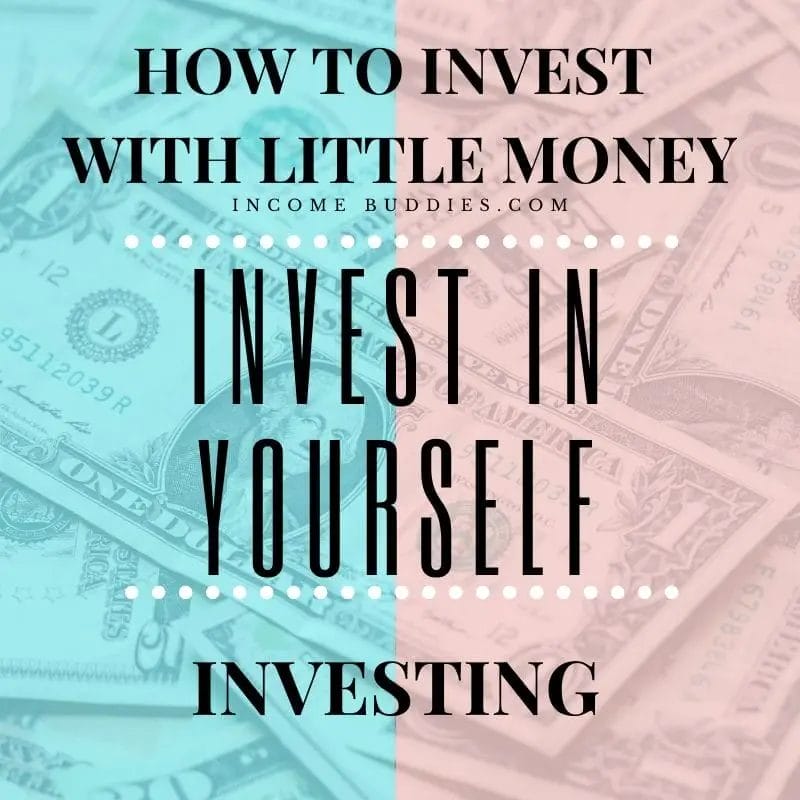
Investment Strategies to Get Started Investing With Little Money to Spare
Investing with little money sounds hard, but it is actually much easier when you just get started. Here are a few steps you can take to get started investing even with a small amount. These steps works, no matter how limited your funds may be. Sooner you start the better.
1. Define Your Goals
Begin by setting clear financial goals. Identify what you’re investing for:
- Is it to invest for retirement?
- Is it to invest for a future purchase?
- Is it to invest for wealth growth and wealth creation?
Having specific goals guides your investment decisions and give you an idea of your investment horizon as well as your risk tolerance level.
Set these goals with consideration of your current age.
- 18 to 30 Years Old: You are probably at wealth building and wealth creation phase.
- 30 to 40 Years Old: You are probably investing for your future big purchase.
- 20 to 50 Years Old: You are probably investing for retirement
Everyone’s situation varies, thus you should see what is your goal for investing and adjust accordingly.
2. Craft a Budget
Create a budget is key to understanding your financial inflows and outflows.
- Understand your sources of income.
- List out your expenses and also the type of expenses in categories.
- Rate each expenses as “wants” and “needs”.
- Remove or reduce all the expenses that is rated as “wants” and you get to see what is the amount let you can use to invest.
- Review your “need” and look for cheaper alternative so you can use the extra cash for investment.
This process helps you identify areas where you can cut back and allocate those savings toward investments.
3. Choose the Right Platform
When investing, opt for user-friendly platforms to help you in your investment. Platforms such as:
- Robo-advisors
- Brokerage with Cash Management Account
- Micro-investment Apps
These platforms offer low fees, minimal investment requirements, and automation to simplify your investment journey.
4. Diversify Your Portfolio
Diversification is about spreading your investments across different asset classes, industry and investment products. Examples of investment products you can choose are:
- Exchange Traded Funds (ETFs)
- Real Estate Investment Trust (REITs)
- Gold Investment
- High Yielding Bonds
- Government Treasury Bills
Diversified funds like ETFs is my top choice, as it let you invest into a bucket of stocks, helping you diversify your portfolio.
And even with limited funds, many brokerage now offers fractional shares which let you but a small portion of the share at very low cost.
5. Set Up Automatic Contributions
Consistency matters and many of the top brokerage, or investment platforms offers a Regular Saving Plan (RSP), where it let you perform automated contributions from your bank account to your investment platform.
Great for Dollar Cost Investing (DCI) strategy, setting up an automatic contribution is a disciplined approach that ensures regular investments.
6. Educate Yourself
Investing in your own education is key. Simply take advantage of free online resources to educate yourself about investing basics.
Knowledge empowers you to make informed decisions aligned with your goals.
7. Stay Patient and Engaged
Investing is a waiting game, it take money from those who are impatient to those who are patient. If you know what you are doing, just stay focused
- Stay patient during market fluctuations
- Monitor your investments
- Adjust your portfolio periodically
- Continue learning to optimize your strategy
Investing is a long-term endeavor. You can often do one of these 3 actions; buy, sell, and do nothing.
If you know what you are doing, and have done the right research on your investment, “no nothing” is often the right course of action to take.
Are You Ready To Grow Your Small Amounts of Money
You can start investing even when you have little money to spare because not all forms of investment is solely depending on how much money you have, but how well you utilize what you have to become something more.
Investing does not require you to have millions of dollars.
If you want to start your investing journey, $100 is enough for you to start investing.
The 9 best ways to start investing with little money are:
- Pay of Debt
- Savings Accounts
- Employer-Sponsored Retirement Plan
- Retirement Plan
- U.S. Treasury Bonds
- Dividend Reinvestment Plan
- Low Fees ETFs
- Invest in Own Business
- Invest in Yourself
Investing is never easy, but the things you know from reading our articles will help you in your investing journey.
“Education is a progressive discovery of our own ignorance.”
By Will Durant
Read Also:
- How to Use Webull Singapore to Trade, Buy and Sell Stocks? (Beginner’s Guide)
- How to Use Moomoo to Trade, Buy and Sell Stocks? (Beginner’s Guide)
- Best Trading Platform For Beginners in Singapore (Students, NSF, Fresh Graduates)
- Day Trading For Beginners: Guide On How To Become a Day Trader
- Average Brokerage Fee in Singapore: 20+ Broker Fees Compared
Join 900+ BUDDIES who are growing their wealth with our weekly Income Newsletter
Antony C. is a dividend investor with over 15+ years of investing experience. He’s also the book author of “Start Small, Dream Big“, certified PMP® holder and founder of IncomeBuddies.com (IB). At IB, he share his personal journey and expertise on growing passive income through dividend investing and building online business. Antony has been featured in global news outlet including Yahoo Finance, Nasdaq and Non Fiction Author Association (NFAA).

